Disclosure: This article contains affiliate links. We may earn a commission from purchases at no extra cost to you, which helps our travel content.
When I first wandered into Plovdiv last spring, I expected ancient Roman ruins and historic cobblestone streets—and yes, those are magnificent. But what captured my heart was something unexpected: the vibrant pulse of creativity transforming this 8,000-year-old city into Bulgaria's contemporary cultural capital. As someone who's spent decades documenting cultural evolution, watching Plovdiv's renaissance unfold feels like witnessing living history. The city earned its European Capital of Culture designation in 2019, but the real magic happens in the spaces between official landmarks—colorful street art brightening forgotten walls, quirky cafés housed in Ottoman-era buildings, and a creative quarter where young artists reimagine Bulgaria's cultural identity. For students looking to experience authentic Bulgarian culture without breaking the bank, Plovdiv offers the perfect weekend adventure.
Kapana: The Trap That Captures Your Heart
Just a stone's throw from Plovdiv's main pedestrian street lies Kapana (meaning 'The Trap'), a labyrinth of narrow lanes that's evolved from neglected neighborhood to creative epicenter. What fascinates me as an anthropologist is how organically this transformation happened—not through corporate development but through grassroots artistic vision.
On my first morning, I followed the aroma of freshly roasted coffee to Monkey House, a hole-in-the-wall café where university students sketch in notebooks while debating philosophy. The barista, Nikolay, explained how just a decade ago, these buildings stood empty. Now, every facade tells a story—whether through vibrant murals, hand-painted shop signs, or the occasional political statement hidden in plain sight.
Kapana's magic lies in its authenticity. Unlike more polished creative districts I've visited across Europe, there's a beautiful rawness here. Rent remains affordable enough for young entrepreneurs to experiment. In one block alone, I discovered a vinyl record shop doubling as a underground concert venue, a workshop where a young woman crafts jewelry from reclaimed communist-era materials, and a tiny gallery showcasing student photography.
Walking these streets feels like exploring someone's imagination—around each corner awaits another surprise, another expression of Bulgarian creativity finding its contemporary voice while honoring its complex past.
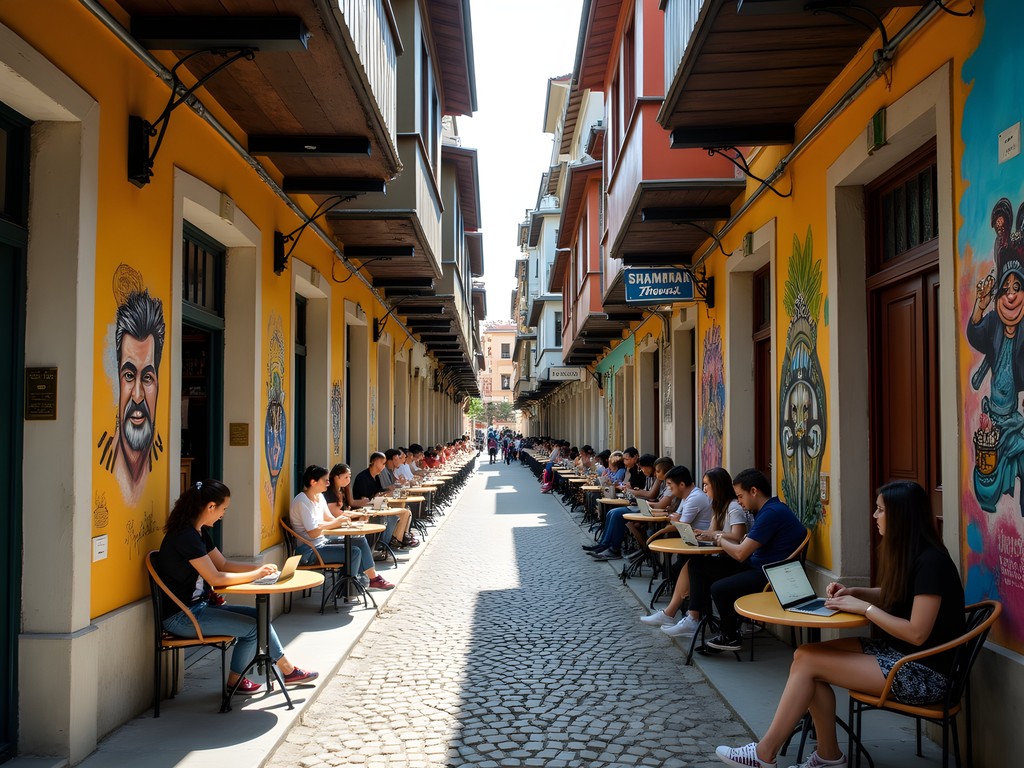
💡 Pro Tips
- Visit on weekday mornings to catch artists working on new pieces and avoid weekend crowds
- Most cafés in Kapana offer free WiFi and don't mind if students camp out to study
- Ask shopkeepers about upcoming events—many host impromptu exhibitions and performances that never make it to official tourism calendars
Street Art Safari: Finding Hidden Masterpieces
While Kapana boasts the highest concentration of street art, Plovdiv's creative expressions extend throughout the city—if you know where to look. I spent one delightful afternoon following what locals call the 'unofficial street art route,' documenting pieces that tell the story of Bulgaria's evolving identity.
Unlike the commissioned murals common in Western European cities, much of Plovdiv's street art emerges organically, often in dialogue with the city's complex history. Near the central train station, I discovered a stunning series depicting traditional Bulgarian folk characters reimagined in contemporary contexts—the artist's commentary on globalization's impact on cultural heritage.
For students interested in urban exploration, I recommend bringing a reliable portable charger for your phone. You'll be taking countless photos, checking online street art maps, and possibly getting lost in the process (which is half the fun). My battery would have died multiple times without backup power.
The most memorable pieces often hide in transitional spaces—underpasses, abandoned lots being reclaimed by community projects, and the concrete walls lining the Maritsa River. One afternoon, I watched a group of art students working collectively on a massive mural depicting environmental themes specific to the region. When I asked why they chose that location, one young woman explained, 'We paint where the city forgot to look, so people remember to see again.'
What makes Plovdiv's street art scene special is its accessibility. Artists are often nearby, happy to discuss their work, and many speak excellent English. This openness creates natural cultural exchange opportunities you rarely find in more established art scenes.
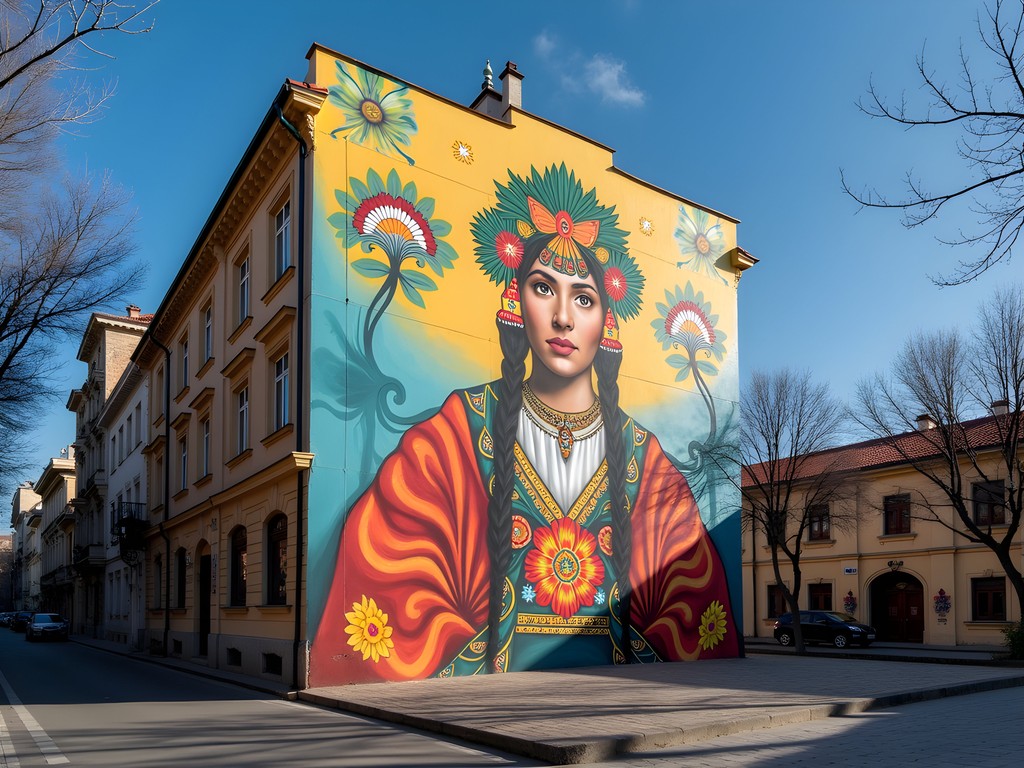
💡 Pro Tips
- Download the free Plovdiv Street Art Map app before your visit to locate harder-to-find pieces
- The area around Tsar Simeon's Garden transforms frequently with new art—revisit at different times of day
- Bring a small notebook to jot down artist signatures so you can follow their work online later
Café Culture: Where Ideas Percolate
If you want to understand a city's soul, spend time in its cafés. In Plovdiv, these spaces function as informal cultural institutions where ideas percolate alongside excellent Bulgarian coffee. For budget-conscious students, they also offer affordable spaces to relax, study, and connect with locals.
Paya Café quickly became my morning ritual spot. Housed in a restored 19th-century building with exposed stone walls and mismatched vintage furniture, it epitomizes Plovdiv's blend of historical reverence and contemporary function. For less than $2, I enjoyed robust espresso while chatting with university students about everything from Bulgarian politics to their favorite local bands.
For those seeking workspace, I recommend Cat and Mouse Bookstore Café near the university. Their upstairs loft offers comfortable seating, reliable WiFi, and a policy that welcomes students to linger for hours over a single beverage. The walls showcase rotating exhibitions by local photography students, creating an inspiring atmosphere for productivity.
Plovdiv's café scene is remarkably budget-friendly compared to Western European cities. Even the trendiest spots rarely charge more than $3-4 for specialty coffee drinks, and many offer student discounts. I found myself reaching for my travel journal constantly, recording conversations and observations that revealed more about contemporary Bulgarian culture than any guidebook could provide.
What particularly moved me was how these spaces foster intergenerational exchange. In Artnewscafé, I watched elderly locals teaching young artists traditional folk patterns while discussing how to incorporate these elements into contemporary designs. These cafés aren't just serving coffee—they're incubating Plovdiv's cultural future.
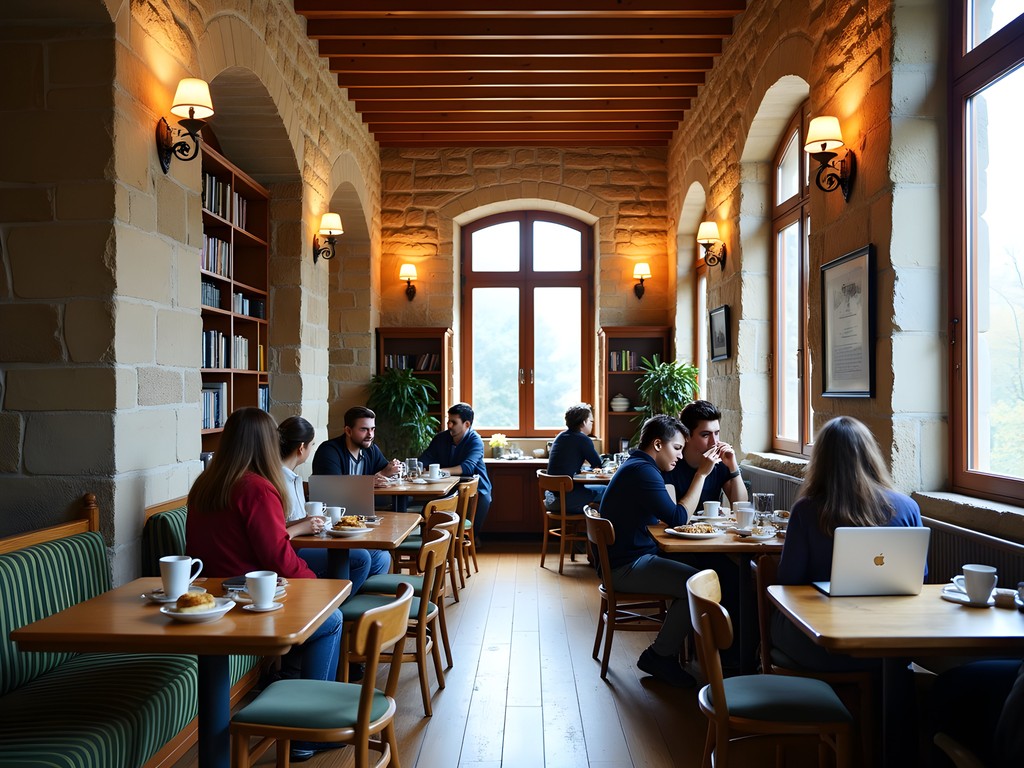
💡 Pro Tips
- Most cafés open around 8am and close late (often midnight), making them perfect for both morning study sessions and evening socializing
- Try the local specialty 'café sur lie'—coffee grounds are left in the cup, creating a stronger flavor profile as you drink
- Look for cafés with 'cultural program' signs—these often host free film screenings, poetry readings, and acoustic music nights
Budget-Friendly Creative Workshops
One of Plovdiv's best-kept secrets for budget travelers is the abundance of free and low-cost creative workshops offered throughout the city. These hands-on experiences provide deeper cultural understanding than passive sightseeing ever could.
During my weekend visit, I participated in a traditional Bulgarian pottery workshop at Danchova House in the Old Town. For just 10 leva (about $5.50), I spent two hours learning techniques passed down through generations. The instructor, Maria, explained how contemporary Bulgarian ceramicists are reimagining traditional forms for modern contexts—a perfect example of living cultural evolution.
For students interested in photography, I highly recommend the free Saturday morning photo walks organized by the Plovdiv Photography Club. These guided explorations focus on different themes each week—from architectural details to capturing daily life along the Maritsa River. Participants range from complete beginners to professional photographers, creating a supportive environment for learning.
Before joining any photography activities, I suggest investing in a camera strap. Plovdiv's terrain includes many hills and uneven cobblestone streets, and having your camera secure while navigating these areas is essential. This saved my equipment multiple times while scrambling up viewpoints in the Old Town.
Many workshops take place in Tobacco City, a complex of former tobacco warehouses being repurposed as creative spaces. What makes these experiences special is their participatory nature—you're not just observing culture but actively engaging with it alongside locals. As an anthropologist, I've always found this approach creates more meaningful connections and authentic understanding than traditional tourism.
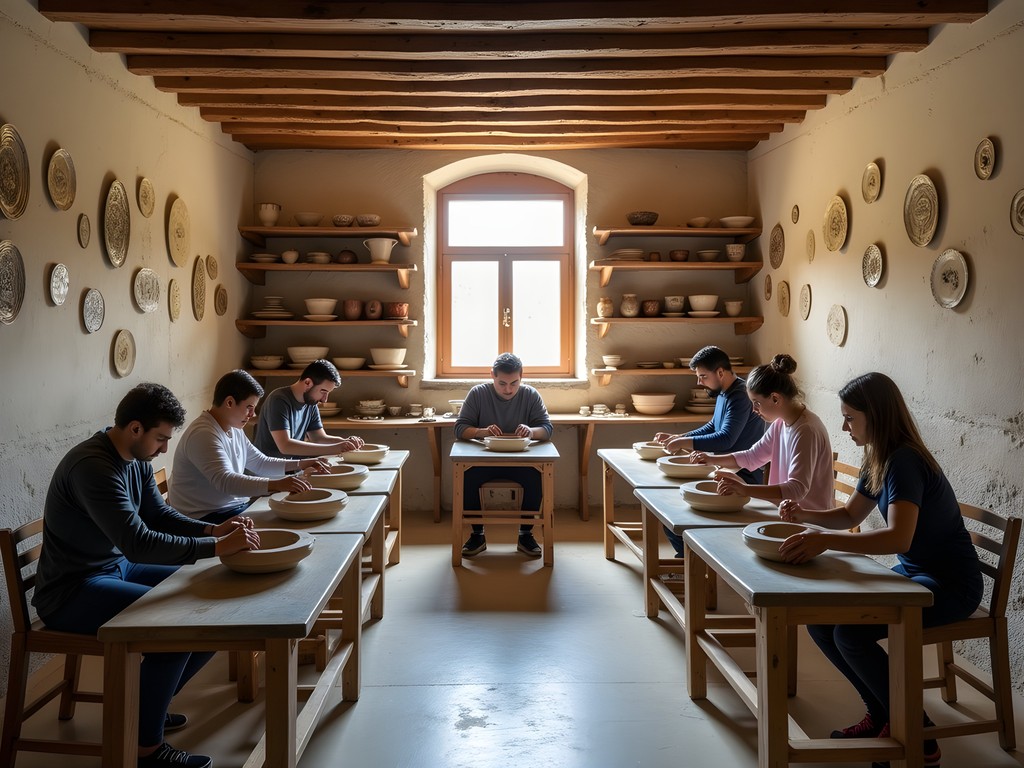
💡 Pro Tips
- Check bulletin boards at Artnewscafé and the Tourist Information Center for updated workshop schedules
- Many workshops offer significant student discounts with valid ID
- Don't worry about language barriers—most creative workshops are designed to accommodate international participants
Tobacco City: Industrial Past Meets Creative Future
Perhaps the most exciting development in Plovdiv's creative landscape is happening in an unexpected location—the former tobacco warehouses that once fueled the city's economy. Known collectively as Tobacco City (Tyutyunev Grad), these imposing industrial buildings are being reclaimed by artists, entrepreneurs, and cultural organizations.
What makes this area fascinating is its state of transition. Unlike Kapana, which has completed its transformation, Tobacco City exists in creative limbo—some buildings beautifully restored, others still awaiting their rebirth. This raw authenticity creates a unique energy that draws the city's most innovative thinkers.
During my exploration, I discovered SKLAD, a cultural hub housed in a former tobacco storage facility. The contrast between the building's utilitarian industrial architecture and the experimental art installations inside creates a powerful dialogue between past and present. The space hosts everything from contemporary dance performances to technology hackathons, often with free entry for students.
Nearby, Cosmos Cinema has revived a Soviet-era movie theater, screening independent Bulgarian films and international selections rarely shown in commercial venues. Their student nights offer tickets for just 5 leva (about $2.75) and include post-film discussions with local filmmakers and critics.
What I found most compelling about Tobacco City was witnessing a community actively shaping its cultural identity. In conversations with young entrepreneurs establishing businesses in these spaces, I heard recurring themes of reclaiming history, sustainability, and creating alternatives to the brain drain that has pulled many talented Bulgarians to Western Europe.
For students of architecture, urban planning, or cultural studies, Tobacco City offers a living laboratory of adaptive reuse and cultural regeneration. It's a place where you can witness the messy, beautiful process of a city reimagining itself in real time.
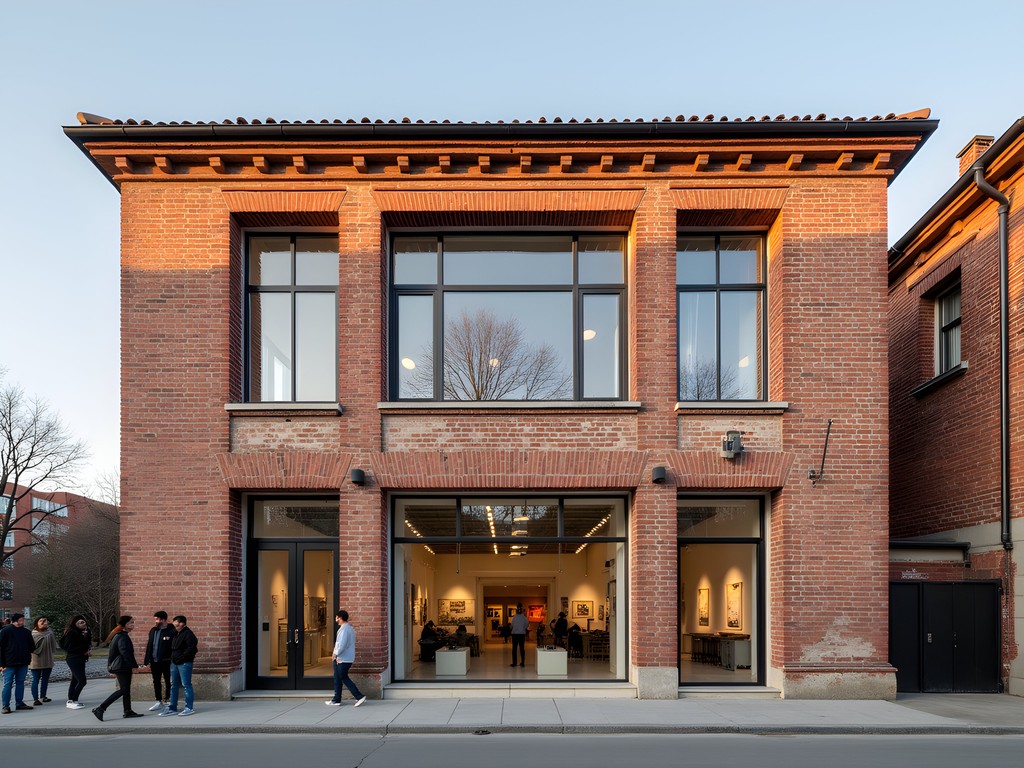
💡 Pro Tips
- Visit on weekday afternoons when artists and designers are working in their studios and often welcome visitors
- Check social media for pop-up events in Tobacco City—many happen with minimal advance notice
- The area is still developing, so some buildings remain unoccupied—respect fenced-off areas and safety signage
Final Thoughts
As my weekend in Plovdiv came to an end, I found myself already planning a return visit. What makes this city special isn't just its ancient heritage or emerging creative scene, but how these elements converse with each other across time. For students seeking authentic cultural experiences on a budget, Plovdiv offers rare accessibility—to artists, to history, to the very process of cultural evolution itself. While tourist crowds flock to Sofia or Bulgaria's Black Sea coast, this inland treasure provides a more intimate window into a nation rediscovering its voice after decades behind the Iron Curtain. Come with an open mind, comfortable walking shoes, and plenty of space in your camera roll. The hidden corners of Plovdiv are waiting to tell you their stories—if you're willing to listen.
✨ Key Takeaways
- Plovdiv offers authentic creative experiences at a fraction of Western European prices
- The city's creative scene is still emerging, providing opportunities to connect directly with artists and cultural innovators
- The juxtaposition of ancient history and contemporary expression creates unique cultural dialogues not found elsewhere
📋 Practical Information
Best Time to Visit
April-June or September-October
Budget Estimate
$30-50 per day including accommodation, food, and activities
Recommended Duration
2-3 days
Difficulty Level
Easy
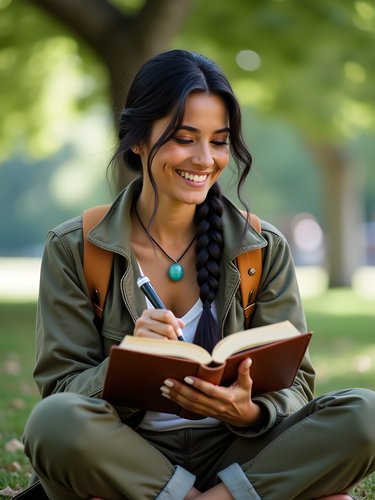
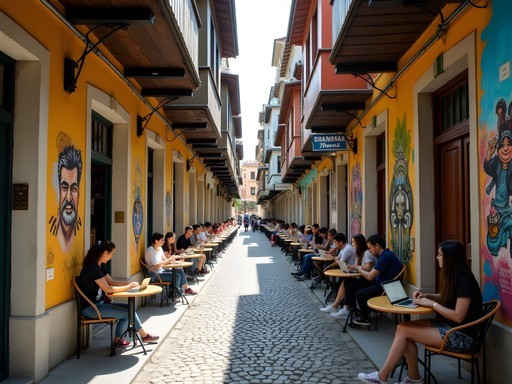

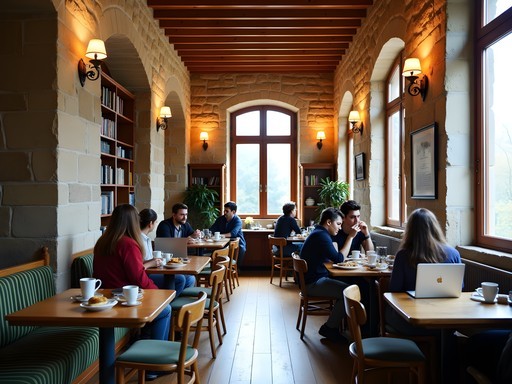
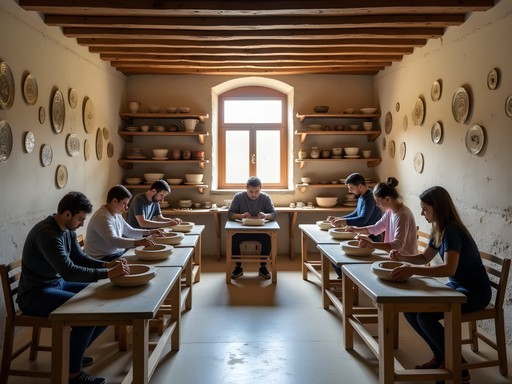









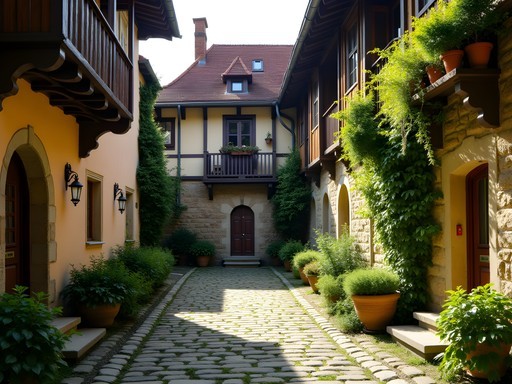
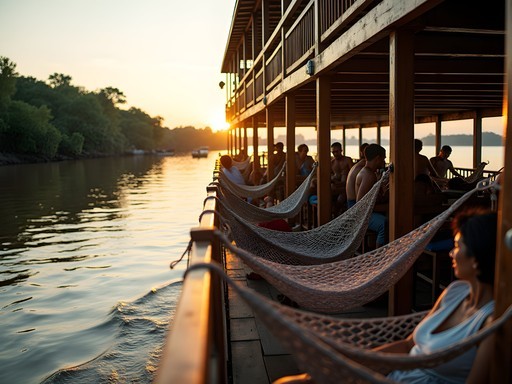
Comments
Frank Carter
Natalie, your piece really captures the essence of Plovdiv's creative renaissance! I spent a month there last autumn working remotely, and Kapana became my second home. There's a beautiful tension between the ancient history and the contemporary art scene that makes this city so unique. For anyone planning a visit, I'd add that the small wine bars in Kapana showcase amazing local Bulgarian wines that rarely make it to export markets. Try anything from the Melnik region - absolutely spectacular! Also, if you're there on a Friday night, many of the galleries stay open late and there's often live music spilling into the streets. The small jazz club near the eastern edge of Kapana (can't remember the name) had some of the best performances I've seen anywhere in Eastern Europe. Plovdiv definitely deserves more than just a day trip from Sofia.
oceanwalker
Was it Soul Jazz club? Heard good things about that place.
Frank Carter
Yes! Soul Jazz, that's the one. Tiny place but amazing atmosphere.
winterstar
Just got back from Plovdiv! That coffee shop with the book exchange was the highlight of my trip. Great recommendations!
adventureway
Love your perspective on Plovdiv! I'm a bit nervous about language barriers though. Did you find it easy to get around with just English? And were the creative workshops you mentioned welcoming to complete beginners? I'm artistically challenged but would love to try something new!
Natalie Lopez
Don't worry about the language barrier at all! In Kapana especially, most people speak good English. And yes, the workshops are perfect for beginners - I have zero artistic talent and still had a blast at the printmaking class I mentioned. They're more about the experience than creating a masterpiece!
Riley Griffin
We took our kids (11 and 14) to Plovdiv last summer and they absolutely loved the creative workshops in Kapana! The street art scavenger hunt we created kept them engaged for hours. We found this amazing ceramics studio where they got to paint traditional Bulgarian patterns on mugs. Our 14-year-old still uses hers every morning. The owner spoke perfect English and was so patient with the kids. If you're traveling with family, I'd recommend bringing a good city map since some of the best spots are tucked away in tiny side streets. The free walking tour was fantastic too - our guide Dimitar was incredibly knowledgeable about both the ancient and modern aspects of the city.
adventureway
Do you remember the name of that ceramics studio? Would love to check it out when I visit!
Riley Griffin
It was called 'Daga Ceramics' if I remember correctly! On a small street just off the main Kapana area. The owner's name was Elena.
oceanwalker
Those street murals look incredible! Adding this to my list.
travelbackpacker
Great post! I'm heading to Bulgaria next month but only have time for either Sofia or Plovdiv. Which would you recommend for someone who loves street art and café culture?
Natalie Lopez
Thanks! If you're into street art and cafés, I'd definitely pick Plovdiv over Sofia. Kapana district alone is worth the trip - much more condensed creative energy than what you'll find in Sofia.
Frank Carter
Completely agree with Natalie. I've spent time in both cities and while Sofia has its charms, Plovdiv's Kapana district is unmatched for what you're looking for. More walkable too!
travelbackpacker
Thanks both! Plovdiv it is then. Can't wait to explore Kapana!
wildvibes
OMG THIS POST IS EVERYTHING!!! 😍😍😍 I had no idea Plovdiv had such a cool creative scene! Those cafés look AMAZING and I'm obsessed with street art wherever I travel. Definitely bumping this up on my travel list for next year! Does anyone know if it's easy to get around without knowing any Bulgarian? So excited to explore these hidden corners you found!
blueclimber
You'll be fine with English in most places in Kapana and the tourist areas. Most younger people speak at least some English, and restaurant menus usually have English translations. Learning a few basic phrases goes a long way though!
Haley Hamilton
I backpacked through Bulgaria last year and spent almost a week in Plovdiv when I'd only planned for two days! The creative energy there is infectious. For anyone visiting on a budget, I discovered that many of the cafés in Kapana offer discounted food after 8pm, and some of the art spaces have free entry on specific weekdays. The hostel I stayed at (Art Hostel) even had its own little gallery featuring local artists, and the staff there organized informal walking tours of the street art scene. One evening, I joined an impromptu sketching group at a café where locals gather weekly to draw together - they welcomed travelers to join in and even shared supplies. These kinds of authentic experiences are what make Plovdiv so special!
wildvibes
Art Hostel sounds amazing! Did they have private rooms or just dorms?
Haley Hamilton
They had both! I stayed in a 4-bed female dorm, but they had some really cute private rooms with local art on the walls. Super affordable too!
islandpro
Those photos of the street art are amazing! Adding Plovdiv to my bucket list right now.
photoone
If anyone's heading to Plovdiv soon, don't miss the little basement jazz club behind the main square in Kapana! It's called 'Bezistena' and they have amazing live music Thursday through Saturday. Perfect spot to end a day of exploring the street art!
skyexplorer
Is it expensive? Planning a budget trip for next spring!
photoone
Super affordable! Cover charge was like 5 leva (about 2.50 euros) and beers were 3-4 leva. Bulgaria in general is really budget-friendly.
Venture X
Premium card with 2X miles, $300 travel credit, Priority Pass